The work of the W.K. Kellogg Foundation (WKKF) rests on the shoulders of many heroes and heroines – past and present –committed to the wellbeing of children, families and communities. In honor of Asian American / Pacific Islander (AAPI) Heritage Month, we asked WKKF staff members to reflect on AAPI leaders, coalitions and collectives who inspire the work we do today.
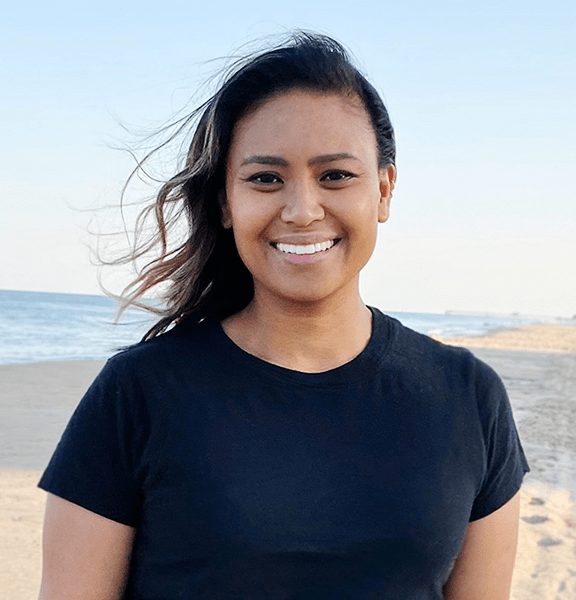
Robyn Keller is a program manager on our national grants and mission driven investments teams and supports the work of WKKF’s vice president of strategy. She is also a member of Rangoli, WKKF’s Asian American & Pacific Islander affinity group. In this piece she explores the activism of two Filipino-Americans who sought basic human rights for their families and, in the process, shaped better conditions for their communities.
Affinity groups are formed by WKKF staff who share a racial or ethnic identity to promote cultural knowledge and social understanding, offer leadership development and opportunities for advancement through peer mentoring and foster community participation.
Larry Itliong, feeding the people
Leaders don’t say, “I’m a leader;” they just bring people together and they engage their peers towards a common goal. When I thought of whose life and work inspires me, I naturally thought of Larry Itliong, who was a big figure in the farmworkers’ fight in the Central Valley area of California. He was a Filipino American farmworker who figured out how to bring his community together and then reach across the aisle to involve others, like the Mexican farmworkers community.
He forged ties with Cesar Chavez that led to Filipino and Mexican Farmworkers building one movement together. Itliong saw their struggles for employee and immigrant rights as connected. For the Mexican farmworkers, their ancestors had been on the land in California for generations; rather than crossing the border, the U.S. border crossed them. Some Filipino farmworkers were more mobile, following the work from Alaska on down to the Central Valley. Once separate fights, the two leaders and the unions they represented eventually came together and combined forces into one. The kind of leadership to make that happen was huge. As we look at current struggles for human rights, it’s a perfect example of solidarity.
Itliong’s passion was all about making sure the Filipino community had the protections and rights to secure safe working conditions for all that worked in the fields. But, it was also about making sure everyone was fed and had the means to sustain a healthy life. Food is everything in Filipino culture; food is life, food is love. He was just making sure everyone had the means for life – for love.
In convincing both Filipino and Mexican workers to strike, ensuring everyone continued to be fed had to be an entire organizing strategy. He must have thought, “If I’m asking these people to stop working, how are they going to be fed? How are they going to stay alive?” He brought dignity to his community, mobilizing and building power among his peers as part of a democratic society.
My family benefited from Itliong’s work. My dad came over from the Philippines in the 1970s; lolo (grandpa in Tagalog) came in the ‘80s. My grandfather worked in the grape fields in Delano. He arrived after the Delano grape strike, but he was part of United Farmworkers. He benefited from the unions to have a job. He didn’t have to deal with the horrible condition workers experienced before the movement.
Thelma Buchholdt, a mother who cared for the rights of all children
Thelma Buchholdt also comes immediately to mind as inspiring my own work in support of children. She was the first of a lot of things. She was the first Filipino legislator in the U.S., elected to the Alaska House of Representatives four times between 1974 and 1980. She was also the first Asian American president of the National Order of Women Legislators.
Buchholdt engaged in activism because of what she faced personally. Born in the Philippines in 1934, she came to the U.S. through Los Angeles to attend college. Eventually she met and married her husband, Jon, who was a White man. The couple, along with their children, moved to Alaska in 1965, where interracial marriage was not protected. The Supreme Court’s Loving vs. Virginia decision, which made it unconstitutional to ban interracial marriage, didn’t happen until 1967. Getting those discriminatory laws off the books took decades. Buchholdt’s family couldn’t find housing or rentals when they moved to Alaska, because they were interracial. She, like Itliong, said, “Hey, maybe we should look at this basic need as a human right.” As she sought suitable living conditions for her children, she created better living conditions for all people of color in Alaska. As a Filipina-American woman who is also married to a White man, I personally benefit from her legacy of standing up for her own family and community.
She wanted to make sure her children had access to everything white children could access. She found herself in spaces that made decisions for all the children of Alaska, from founding the Boys & Girls Club in Alaska, to joining the League of Women Voters and working with the March of Dimes, to her election to the Alaska House of Representatives.
I wish I could hear from her colleagues who weren’t people of color or women about why they trusted her to be on boards, committees and in leadership positions. What did they see in her that convinced them she could do these things? Especially when she was elected to the legislature. She was a five-foot-tall woman of color up against the main character in all of American politics – the White male. I wonder how she did that, stood her ground and made changes for children. Plus, she didn’t just do one campaign and quit – she kept going throughout her life. I marvel at – and don’t completely understand – that energy.
Finally, Buchholdt made sure that generations of Alaskan Filipinos would know their history, founding the first Filipino Society in the United States, a Filipino heritage council in Alaska and preservation and historic societies. She even made a documentary. She did everything.


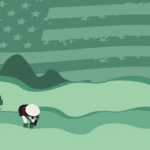
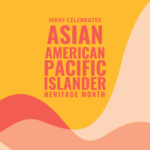



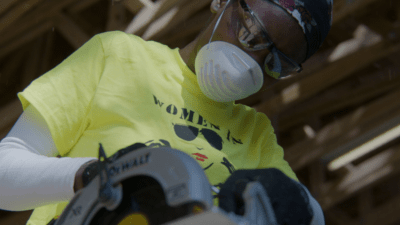
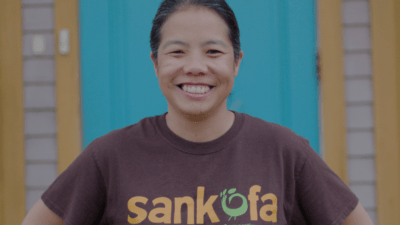

Comments